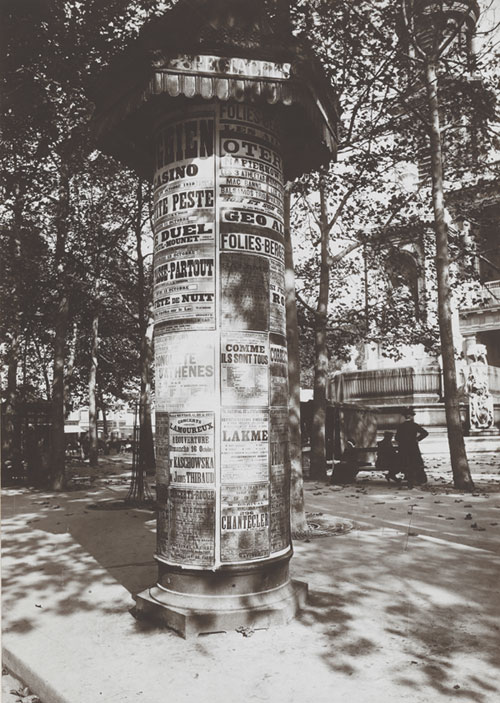Posters of Paris: Toulouse-Lautrec and His Contemporaries June 1–September 9, 2012 Milwaukee Art Museum
This summer, the Milwaukee Art Museum transports visitors to nineteenth-century Paris with its feature exhibition, Posters of Paris: Toulouse-Lautrec and His Contemporaries. Advertising everything from tony theatre productions to the licentious cancan, bicycles to cookies, brightly hued posters featuring bold typography and playful imagery punctuated the streets of turn-of-the-century Paris. By the 1890s, these artistic posters covered the boulevards like “magical vegetation”; they were seen throughout the city, posted on billboards, scaffolding, Morris columns, kiosks, urinals, in shop windows, and even pulled through the streets on mobile publicity carts.
Artist Jules Chéret was considered the “father of the poster” and a master colorist. His artistic designs inspired a generation of fine artists including Henri de Toulouse-Lautrec, Pierre Bonnard, and Alphonse Mucha, among others who worked in an array of styles, from Byzantine and Rococo to Realist and Art Nouveau. More than one hundred poster designs from these artists comprise the exhibition, including a few that didn’t make it past the censors of the day.
In the 1890s, Paris was celebrated as a city of posters. Art critics praised these new artistic posters for bringing joy and color to daily life and for “giving Paris a museum of pictures, an open-air exhibition” that changed daily as new posters were pasted up. Some critics went further, describing the posters as far superior than the paintings found in exhibitions, and encouraging people to enjoy the free “museum for the masses” created by these artistic posters in the streets of Paris.
Artistic posters were the objects of intense fascination, even mania, and a new term was invented to describe it: affichomanie (poster mania). They were so popular that collectors stole them from billboards almost as soon as they were pasted up, bought posters from print dealers, and subscribed to portfolios that offered the most popular images of the day in reduced sizes for their collections or as home décor. Posters that found their way into private homes eventually entered the collections of museums all over the world.
In addition to the dazzling posters, the exhibition includes rare preparatory studies and maquettes that show how artists worked out their designs from the drawing board to the final lithographic poster. The exhibition and the accompanying catalogue capture the voices of the artists, collectors, and critics who fueled the poster craze of the 1890s.
The exhibition is curated by Mary Weaver Chapin, formerly associate curator of prints and drawings at the Milwaukee Art Museum (now curator of graphic arts at the Portland Art Museum). Posters of Paris: Toulouse-Lautrec and His Contemporaries will travel to the Dallas Museum of Art.



